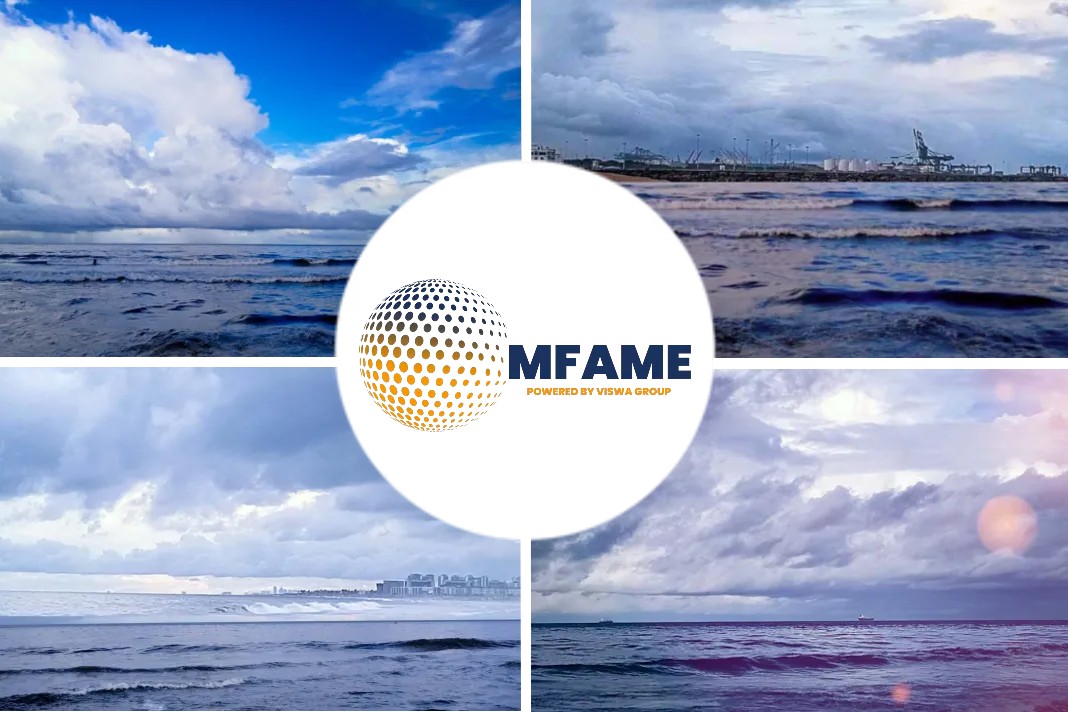- On 1 January 2020, new reduced limits on sulphur in fuel oil brought about a 70% cut in total sulphur oxide emissions from shipping.
- It is ushering in a new era of cleaner air in ports and coastal areas by using less polluting fuels.
- One year on, indications are that the transition has been extremely smooth, a testament to the preparations of all stakeholders prior to the new rules entering into force.
A recent news article published in the Marine Insight reveals that IMO 2020 fuel oil sulphur limit is for cleaner air and healthier planet.
55 cases of 0.50% compliant fuel
“Through 2020, just 55 cases of 0.50% compliant fuel being unavailable had been reported in IMO’s Global Integrated Shipping Information System (GISIS),” said Roel Hoenders, Head of Air Pollution and Energy Efficiency at IMO (see FONAR reports section below).
“Given that more than 60,000 ships plied the world’s oceans in trade last year, this was a remarkably low percentage of ships encountering difficulty in obtaining compliant fuel. We had a great deal of preparation during 2019 and before, from all stakeholders and all indications are that there have been no significant issues with supply of low sulphur fuel oil.”
No disruption in trade
Even during the COVID-19 pandemic, cargo-carrying ships have continued to deliver goods and commodities.
It includes essential foods and medicines, around the world, and the introduction and implementation of IMO 2020 did not cause any disruptions in trade.
What does the complaint fuels include?
Compliant fuels include
- very low sulphur fuel oil (VLSFO) and
- marine gas oil (MGO).
Some ships limit their air pollutants by installing exhaust gas cleaning systems, also known as “scrubbers”.
MARPOL Convention
This is accepted under the MARPOL Convention as an alternative means to meet the sulphur limit requirement.
Over 2,350 systems have formally been reported to IMO as an approved “equivalent method” by Administrations (flag States).)
Ships can also have engines which are able to use different fuels, which may contain low or zero sulphur, such as liquefied natural gas or biofuels.
Ships switch to HFO
The majority of ships trading worldwide switched from using heavy fuel oil (HFO) to using VLSFO.
Generally speaking, these are new blends of fuel oil, produced by refineries to meet the new limit, in accordance with IMO guidance and ISO standards.
Guidance issued by IMO on dealing with the new fuel blends in advance of the new requirement addressed implications of switching to VLSFO, including assessing and managing risks and highlighting potential safety risks, so that the risks can be mitigated.
Fuel oil quality requirements
- Provisions in regulation 18 of Annex VI of the International Convention for the Prevention of Pollution from Ships (MARPOL) regulate fuel oil quality.
- The International Convention for the Safety of Life at Sea (SOLAS) covers issues such as flashpoint (SOLAS regulation II- 2/4.2.1).
Apart from the requirements in MARPOL Annex VI and SOLAS, VLSFO is required to meet ISO standard 8217 as well as ISO Publicly Available Specification (PAS) 23263.
It is providing guidance as to the application of the existing ISO 8217 marine fuel standard to 0.50% sulphur limit compliant fuel oils.
Did you subscribe to our daily newsletter?
It’s Free! Click here to Subscribe!
Source : Marine Insight














